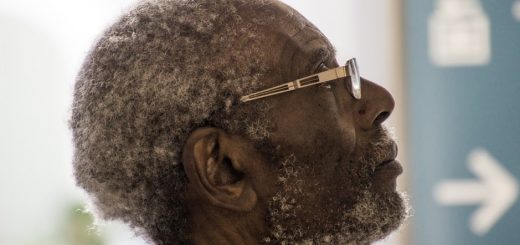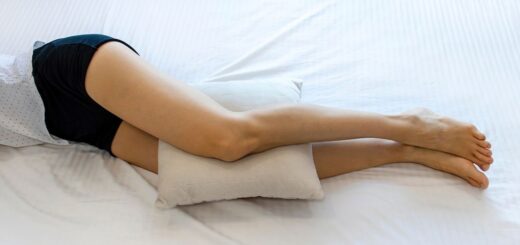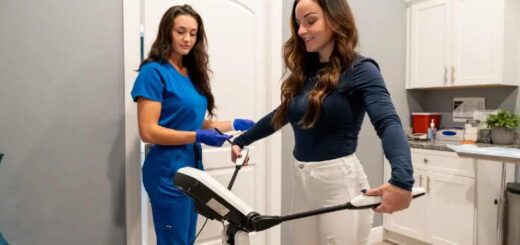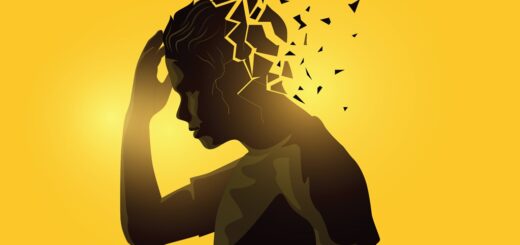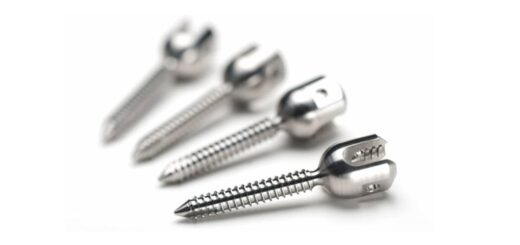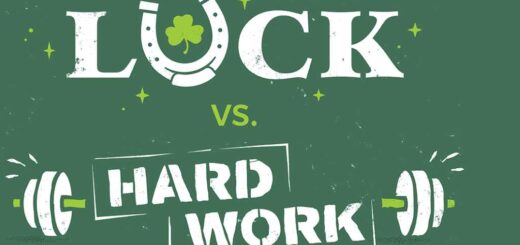What is osteopathy?
Osteopathy is a non-conventional medicine recognized by the WHO, which relies on manual contact for the evaluation and treatment of neuro-musculoskeletal disorders, craniosacral and visceral.
Without resorting to drugs or natural remedies, or to medical or electromedical instruments, but only through the manipulation of tissues, an osteopath is able to activate the self-healing processes, the capacity of which is naturally equipped with the organism.
The osteopathic treatments are not charged for the mobility recovery lost due to neurological or orthopedic diseases, trauma or surgery and cannot, therefore, be considered in rehabilitation interventions; however, they are complementary and synergistic to physiotherapy courses and conventional medicine.
According to the experts of Osteopaths Melbourne, osteopathy operates with physiological and autonomous within the human body, and it is recommended for people of all ages, from newborn to the elderly and even the woman pregnant.
How does it work?
The Osteopathy is a therapeutic science exclusively by hand, based on knowledge of physiology and especially the anatomy of the human body. It is a healing method that places the emphasis on the structural integrity of the body, essential because depend on it the body’s health.
The osteopath, through tests and manual techniques, is able to make a diagnosis and to apply a treatment to the patient’s body. Then the osteopath through the use of hands analyzes the structure, that is, the body as a whole, and look for the area where created the “dysfunction” that is represented by a movement restriction.
Each structure of our body has its own inherent movement, perceived by experts; if this movement is slowed or completely inhibited, there is a malfunction. Life is movement and a slowdown of the movement creates a stasis; the final stagnation corresponds to death. Osteopathy based on some fundamental principles…
- Units of the body: The body is treated globally by seeking the true cause of this symptom at the moment. The whole is ensured by the myofascial and skeletal system that is able to store trauma; the body adapts to any trauma and this adaptation even after a long time, it can create a symptom in another part of the body
- The relationship between function and structure: There is a relationship between an organ and its function, and when this is altered, you create a “dysfunction” osteopathic or a restriction of mobility
- Self-healing concept: With osteopathic treatment, we try to recreate a balance such that the body can begin the self-healing path
The indications for treatment are numerous: skeletal disorders (low back pain, sciatica or lombocruralgie, back pain, neck pain, cervicobrachialgia, tendonitis, joint pain), headaches, migraines, dizziness, sinusitis, rheumatologic problems (fibromyalgia, rheumatoid arthritis, SLE), alterations of digestive system (gastritis, esophagitis, colitis), disorders of the maxillofacial complex (temporomandibular joint disorder).
Great results are also in pediatrics; children, in fact, having the water-rich tissues respond very well to treatment, which is suitable both for the treatment of pediatric disorders classics but also for their prevention and to promote a harmonious development of the child.
Many of these problems can be caused by pregnancy and especially after delivery: in fact, uterine contractions and the passage through the birth canal may impact on the sacrum and the cranial bones, creating dysfunctions responsible for the classical pediatric symptoms.
Osteopathic treatment is painless, non-invasive and respectful of the fragility of young patients and provides valuable assistance for their health and their growth. Everyone can benefit from osteopathic treatment and there are no age limits, the newborn child to pregnant women.


